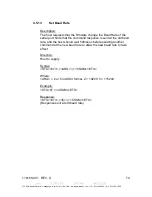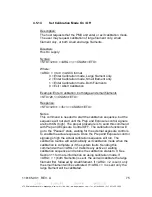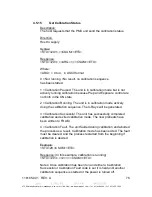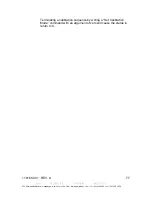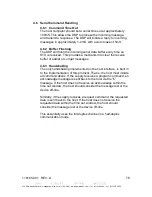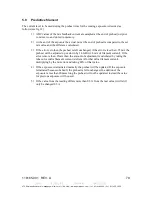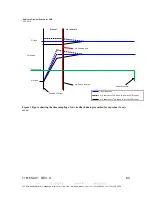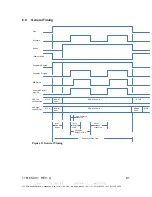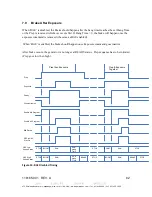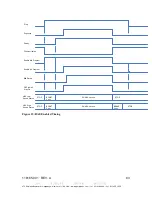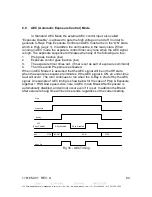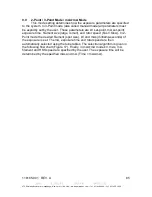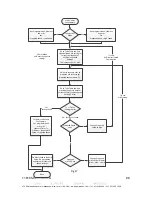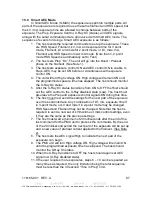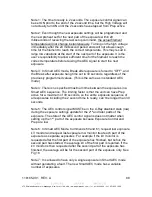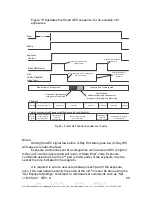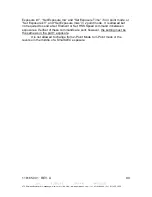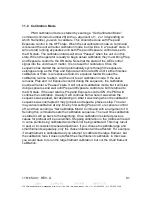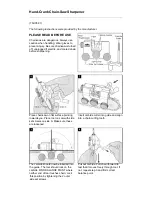
118165-001 REV. A
475 Wireless Boulevard • Hauppauge, New York 11788, USA • www.spellmanhv.com • T:+1 631.630.3000 • F:+1 631.435.1620
88
Note 1: The time to ready is 2 seconds. The exposure control signal can
be set ON prior to the end of the 2 second time, but the High Voltage will
not actually turn ON until the 2 seconds have elapsed from Prep active.
Note 2: Even though the new exposure settings will be programmed and
the new preheat set for the next part of the exposure within 20
milliseconds of receiving the last setup command, the actual filament
temperature will not change instantaneously. Turning on the high voltage
immediately after the 20 millisecond period ends will not allow enough
time for the filament to reach the correct temperature. This may result in
large mA variations at the start of the next part of the exposure. It is the
user’s responsibility to allow sufficient time for the filament to reach the
correct temperature before raising the AEC signal to start the next
exposure.
Note 3: In Smart AEC mode, Break after exposure is forced to “OFF”, and
the Break after exposure hang time set to 30 seconds, regardless of the
previously programmed values. (This is the same as in standard AEC
mode).
Note 4: There is no specified maximum time between the exposures in a
Smart AEC sequence. The limiting factor is that the unit can have Prep
active for a maximum of 30 seconds, so the entire exposure sequence of
all exposures including the 2 second time to ready, can’t be longer than 30
seconds.
Note 5: The AEC control signal MUST be in the X-Ray disabled state (low)
during the exposure settings update for the 2
nd
and later parts of the
exposure. The state of the AEC control signal is does not matter when
setting up the 1
st
part of the exposure because Exposure Control and
Prep are low.
Note 6: In Smart AEC Mode, Commands 60 and 61, request last exposure
kV monitor and request last exposure mA monitor treat each part of the
exposure as separate exposures. For example if the kV monitor is
requested after the first part of the exposure has finished, but before the
second part has started, the average kV of the first part is reported. If the
kV monitor is then requested after the second part of the exposure has
finished, the average will be for the second part of the exposure only. See
Fig 18.
Note 7: It is allowed to have only a single exposure in Smart AEC mode
without generating a fault. The new Smart AEC mode has a variable
number of exposures.

